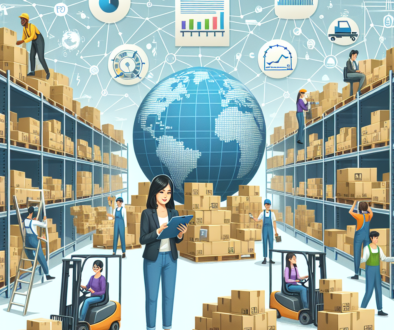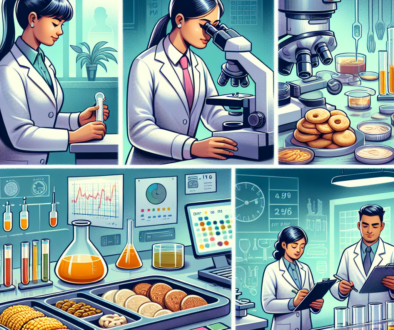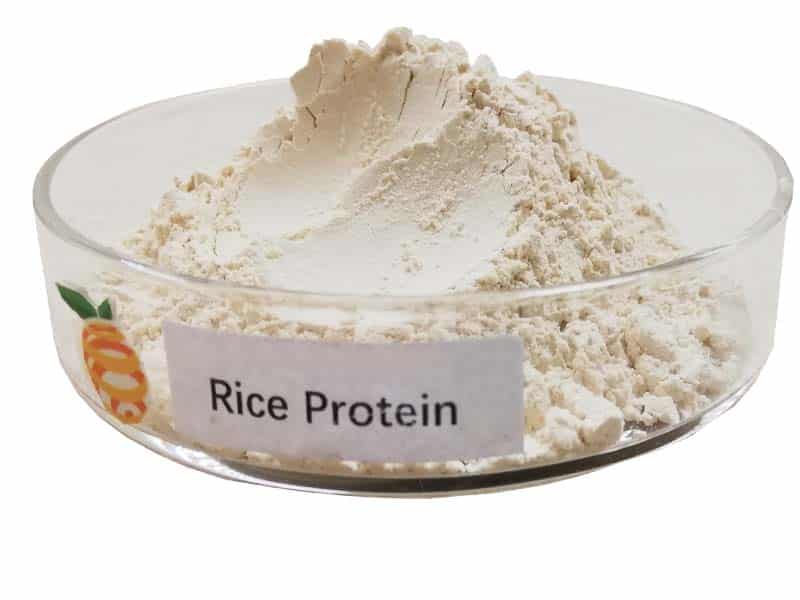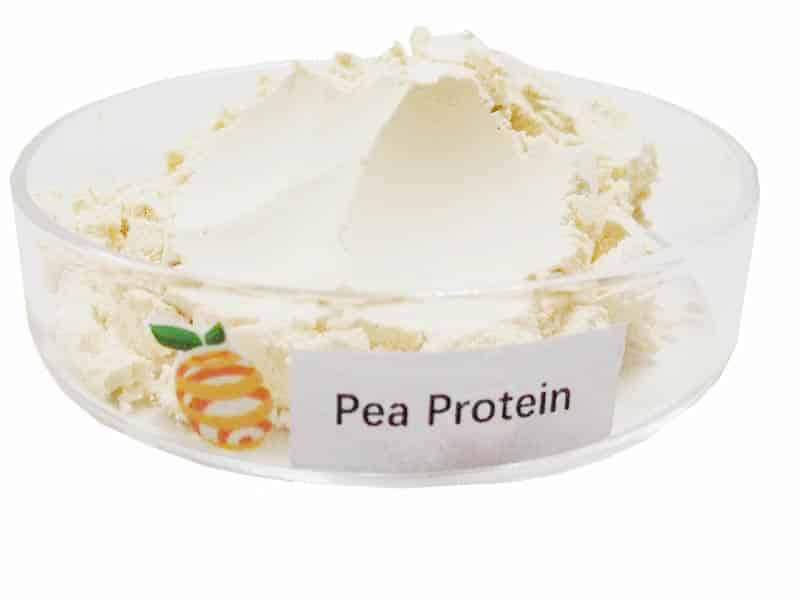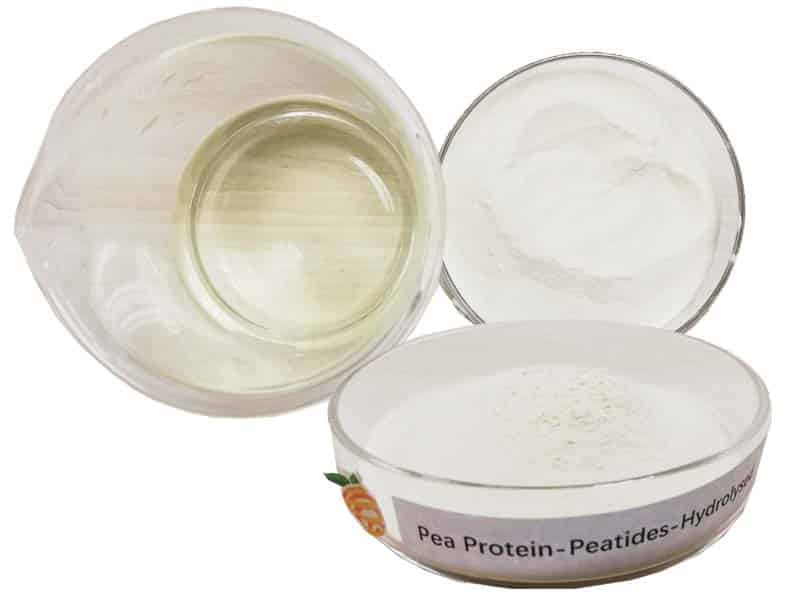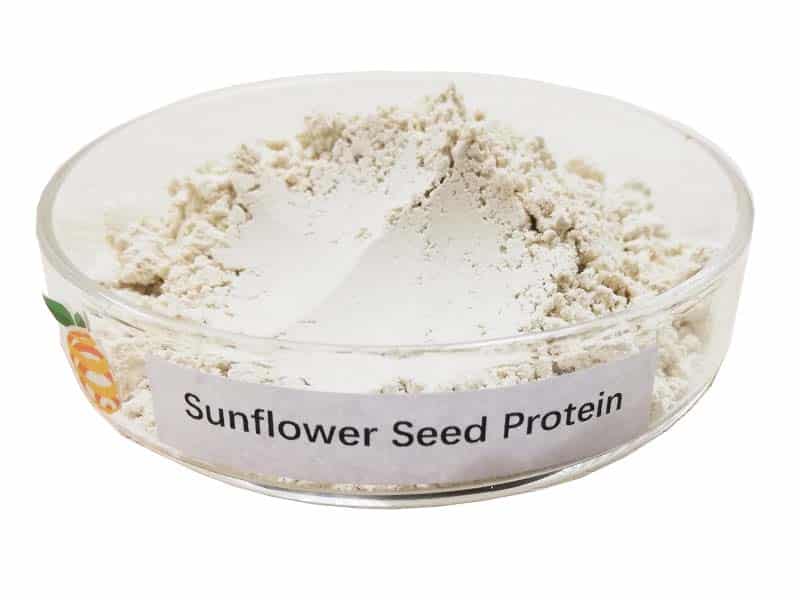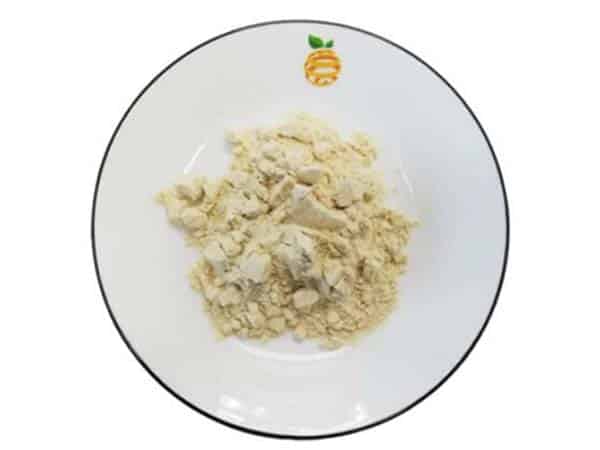The Rising Demand for Cold Chain Logistics: Safeguarding Temperature-Sensitive Products
-
Table of Contents
- Cold Chain Logistics Demand Surge: Protecting Temperature-Sensitive Goods
- Understanding Cold Chain Logistics
- The Drivers of Cold Chain Logistics Growth
- Challenges in Cold Chain Logistics
- Technological Innovations in Cold Chain Logistics
- Statistical Insights into Cold Chain Logistics
- Conclusion: The Future of Cold Chain Logistics
- ETprotein: Your Partner for High-Quality Protein Products
Cold Chain Logistics Demand Surge: Protecting Temperature-Sensitive Goods
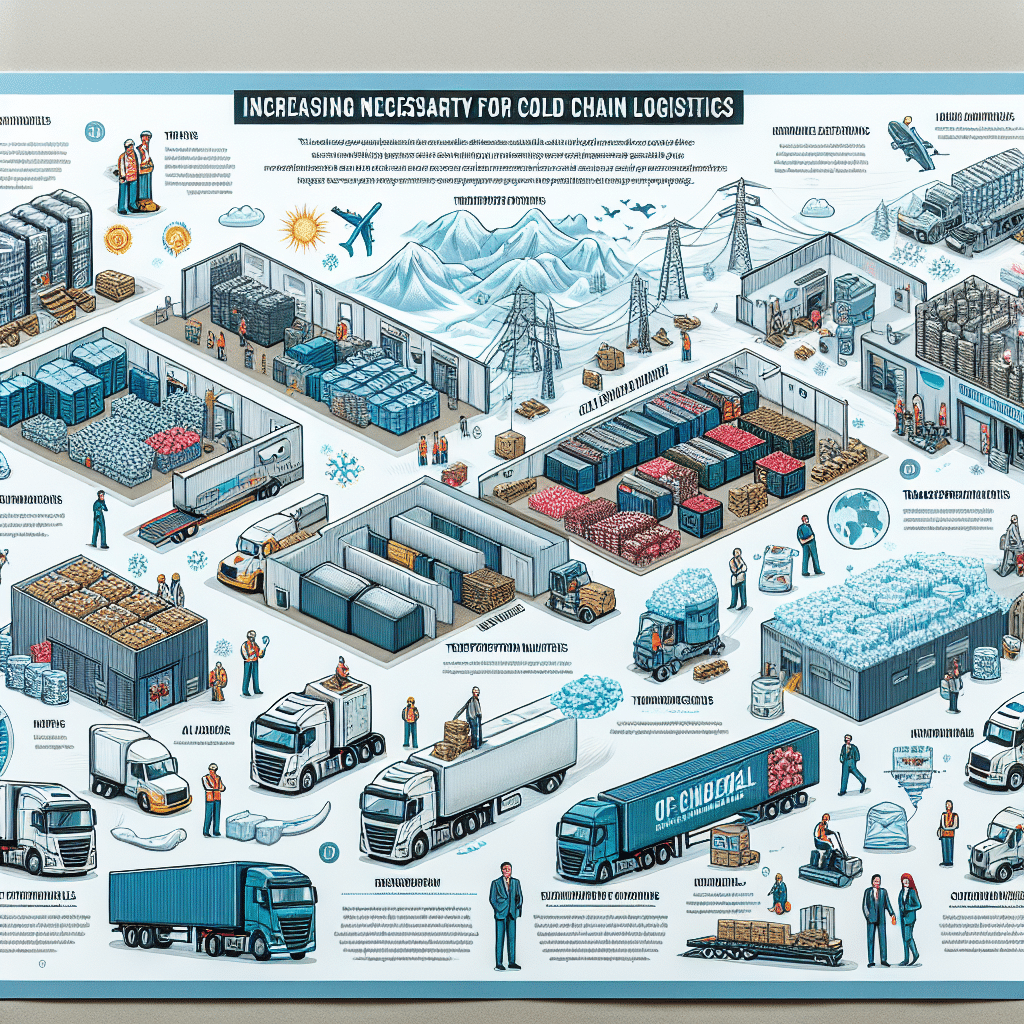
The global economy is witnessing an unprecedented surge in the demand for cold chain logistics, driven by the need to maintain the integrity of temperature-sensitive products during transportation and storage. This article delves into the factors contributing to this rise, the challenges faced by the industry, and the innovative solutions being implemented to meet the growing needs.
Understanding Cold Chain Logistics
Cold chain logistics refers to the process of transporting and storing products that require a specific temperature range to maintain their quality and safety. This includes a wide array of goods such as perishable food items, pharmaceuticals, chemicals, and even high-tech electronics.
The Drivers of Cold Chain Logistics Growth
Several factors are fueling the growth of the cold chain logistics sector:
- Globalization of Trade: As businesses expand their reach, the need to transport temperature-sensitive products across long distances has increased.
- Pharmaceutical Industry Expansion: The rise in biopharmaceuticals, which often require refrigeration, has significantly contributed to the demand for cold chain solutions.
- Consumer Demand for Fresh Foods: Consumers are increasingly seeking fresh, high-quality food products, necessitating improved cold storage and transportation.
- E-Commerce Growth: Online grocery sales and the direct-to-consumer model have amplified the need for reliable cold chain logistics.
- Regulatory Requirements: Stricter regulations regarding the transportation of perishable goods have led to more sophisticated cold chain systems.
Challenges in Cold Chain Logistics
Despite the growing demand, cold chain logistics providers face several challenges:
- Energy Efficiency: Maintaining low temperatures throughout the supply chain is energy-intensive and costly.
- Infrastructure Limitations: Inadequate infrastructure, particularly in developing countries, can hinder the effectiveness of cold chain systems.
- Technological Integration: Implementing advanced technologies for better temperature monitoring and control remains a challenge for many providers.
- Skilled Workforce: There is a shortage of trained professionals who can manage and operate cold chain logistics efficiently.
Technological Innovations in Cold Chain Logistics
To address these challenges, the industry is turning to technological innovations:
- Advanced Refrigeration Systems: New refrigeration technologies are more energy-efficient and environmentally friendly.
- Real-time Monitoring: IoT devices and sensors allow for real-time tracking of temperature and humidity levels during transit.
- Automated Storage and Retrieval Systems: These systems improve warehouse operations and reduce the risk of temperature excursions.
- Data Analytics: Big data and analytics help optimize routes and predict potential disruptions in the supply chain.
Statistical Insights into Cold Chain Logistics
Recent statistics highlight the growth and potential of the cold chain logistics industry:
- The global cold chain market size was valued at USD 210.49 billion in 2020 and is expected to reach USD 628.26 billion by 2028, growing at a CAGR of 14.8% from 2021 to 2028 (Grand View Research).
- Pharmaceuticals are projected to be the fastest-growing segment in the cold chain logistics market due to the increasing demand for vaccines and biologics.
- The Asia-Pacific region is expected to witness the highest growth in cold chain logistics, driven by rising consumer demand for perishable goods and the expansion of pharmaceutical manufacturing.
Conclusion: The Future of Cold Chain Logistics
The future of cold chain logistics is bright, with continued innovation and investment expected to drive further growth. As the industry evolves, it will play a critical role in ensuring the safe and efficient delivery of temperature-sensitive products around the world. The key takeaways from this article are the importance of technological advancements, the need for sustainable practices, and the significance of skilled workforce development to meet the rising demand for cold chain logistics.
ETprotein: Your Partner for High-Quality Protein Products
In the context of cold chain logistics, companies like ETprotein are essential for ensuring that high-quality protein products reach consumers without compromising their nutritional value. ETprotein’s range of organic bulk vegan proteins and L-(+)-Ergothioneine (EGT) products require careful handling and transportation to maintain their efficacy and quality.
ETprotein’s commitment to non-GMO, allergen-free products with high purity levels makes them a reliable partner for industries that demand the best in cold chain logistics. Whether you are in the nutraceutical, pharmaceutical, or food and beverage industry, ETprotein’s expertise in exporting and delivering tailor-made protein powder and nutritional supplements ensures that your products are safeguarded throughout the supply chain.
Contact ETprotein to learn more about their offerings and how they can meet your cold chain logistics needs for protein products.
About ETprotein:
ETprotein, a reputable protein and L-(+)-Ergothioneine (EGT) Chinese factory manufacturer and supplier, is renowned for producing, stocking, exporting, and delivering the highest quality organic bulk vegan proteins and L-(+)-Ergothioneine. They include Organic rice protein, clear rice protein, pea protein, clear pea protein, watermelon seed protein, pumpkin seed protein, sunflower seed protein, mung bean protein, peanut protein, and L-(+)-Ergothioneine EGT Pharmaceutical grade, L-(+)-Ergothioneine EGT food grade, L-(+)-Ergothioneine EGT cosmetic grade, L-(+)-Ergothioneine EGT reference grade and L-(+)-Ergothioneine EGT standard. Their offerings, characterized by a neutral taste, non-GMO, allergen-free attributes, with L-(+)-Ergothioneine purity over 98%, 99%, cater to a diverse range of industries. They serve nutraceutical, pharmaceutical, cosmeceutical, veterinary, as well as food and beverage finished product distributors, traders, and manufacturers across Europe, USA, Canada, Australia, Thailand, Japan, Korea, Brazil, and Chile, among others.
ETprotein specialization includes exporting and delivering tailor-made protein powder and finished nutritional supplements. Their extensive product range covers sectors like Food and Beverage, Sports Nutrition, Weight Management, Dietary Supplements, Health and Wellness Products, and Infant Formula, ensuring comprehensive solutions to meet all your protein needs.
As a trusted company by leading global food and beverage brands and Fortune 500 companies, ETprotein reinforces China’s reputation in the global arena. For more information or to sample their products, please contact them and email sales(at)ETprotein.com today.



